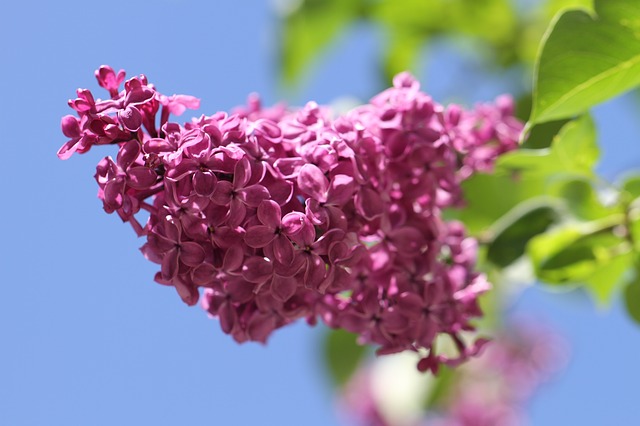Getting Ready for Spring!
Spring is just around the corner and now is the perfect time to start planning for the outdoor extension of your home! Tom Thompson owner of Natural Art Landscaping and trusted partner of DCI offers his advice to homeowners on how to plan for springtime and enhance your outdoor living space. Read on as Tom answers a few of our questions!

What maintenance and new planting is best in the spring?
If you didn’t cut your perennials back in the fall, cut them back now. Mulch is best applied in the fall, but you can do it now too. It is still too early for planting annuals. Generally, you should wait until the last frost. I just wait until my local garden center starts selling them; they won’t offer them if they’re not pretty sure they won’t get killed by frost. You can plant trees and shrubs any time. Just remember that they’ll need supplemental water during the hot months. If you want to plant grass seed, you’re wasting your time. It will never develop enough root to live through summer. You can lay sod if you want, just not seed. Prune trees for shape and safety while you can still see the limb structure. Prune evergreen shrubs for size and shape (leave your azaleas alone until after they have bloomed!) and deciduous shrubs pretty much whenever you need to.
How should a homeowner prioritize spring maintenance?

- Prune now – you’re almost too late for Crapemyrtle and you’re getting close for English boxwood (English box only produces one flush of new growth a year so you need to prune it before that growth starts).
- Clean up any dead leaf litter after pruning and before mulching – gets rid of any pathogens or beasties that might want to attack your plants. Hopefully you put down an organic fertilizer (think Espoma!) in the fall but you can do that now. Mulch. Wait. Enjoy!
- Don’t fertilize your lawn. That should have been done last fall along with aerating and over seeding. If you feel the need to pull the spreader out, then get a soil test and spread some lime.
When should I scrap a plant and start over?

Is the plant performing? Do you like it? Did it out grow its space? Is it healthy? Does it have any sentimental value? If a plant is planted in the wrong spot, it’s a weed, no matter what it is. The question then is, if you like it, is it too big to move, and even if it can be moved, is that practical, based on how much transplanting it will cost? Best advice is to call someone to take a look at it to see if it’s worth saving. In my experience, I’ll recommend trying to transplant a healthy plant to a better location only if there is a reasonable chance of its surviving the shock of being moved. Removal and replacement with a new plant is a whole lot cheaper than paying labor to transplant something that ends up dying. If the plant has sentimental value, that changes everything. If Grandma’s lilac is in the way of the new wing of the house that you’re having built, then you have to try and save it – if you liked Grandma. ALWAYS take cuttings when attempting this. Better to have some rooted cuttings alive and ready to be planted, just in case the lilac dies! That is one doghouse in which I do not want to reside!
What if I don’t have room for landscaping/gardening?

People who live in apartments, townhouses, retirement communities or condos can still have fantastic gardens even though space is limited. There are many varieties of dwarf trees and shrubs that can be planted and live for years in decorative containers made from a lot of different materials. Terra cotta, glazed porcelain, galvanized stock tanks, old file cabinets, even old blue jeans – all make interesting planters. No space to spread out? Go up, vertical planting is high fashion these days. Use the walls that surround the small garden to good effect – hang planters, built a lattice of cable or wood and grow climbing vines, hang artwork, mirrors, old windows, paint a mural (VCU has one of the best art schools in the country just filled with young, inexpensive artists in need of a canvas). Get some comfortable furniture, throw down a rug, fill a fountain with water and turn on the pump for background noise, add some interesting lighting and you have quite the pleasant oasis. The smaller the space the more imagination you can use.


